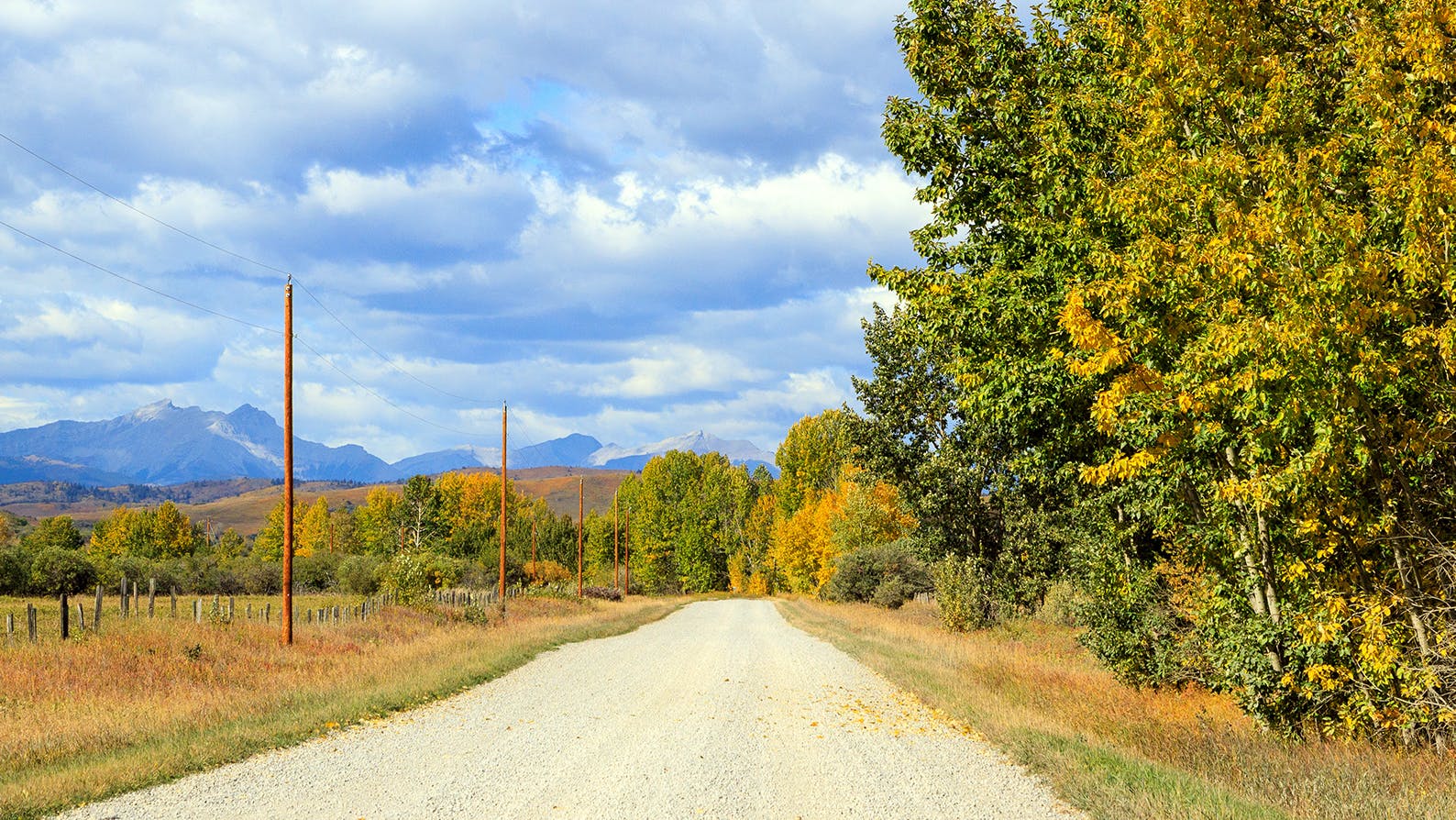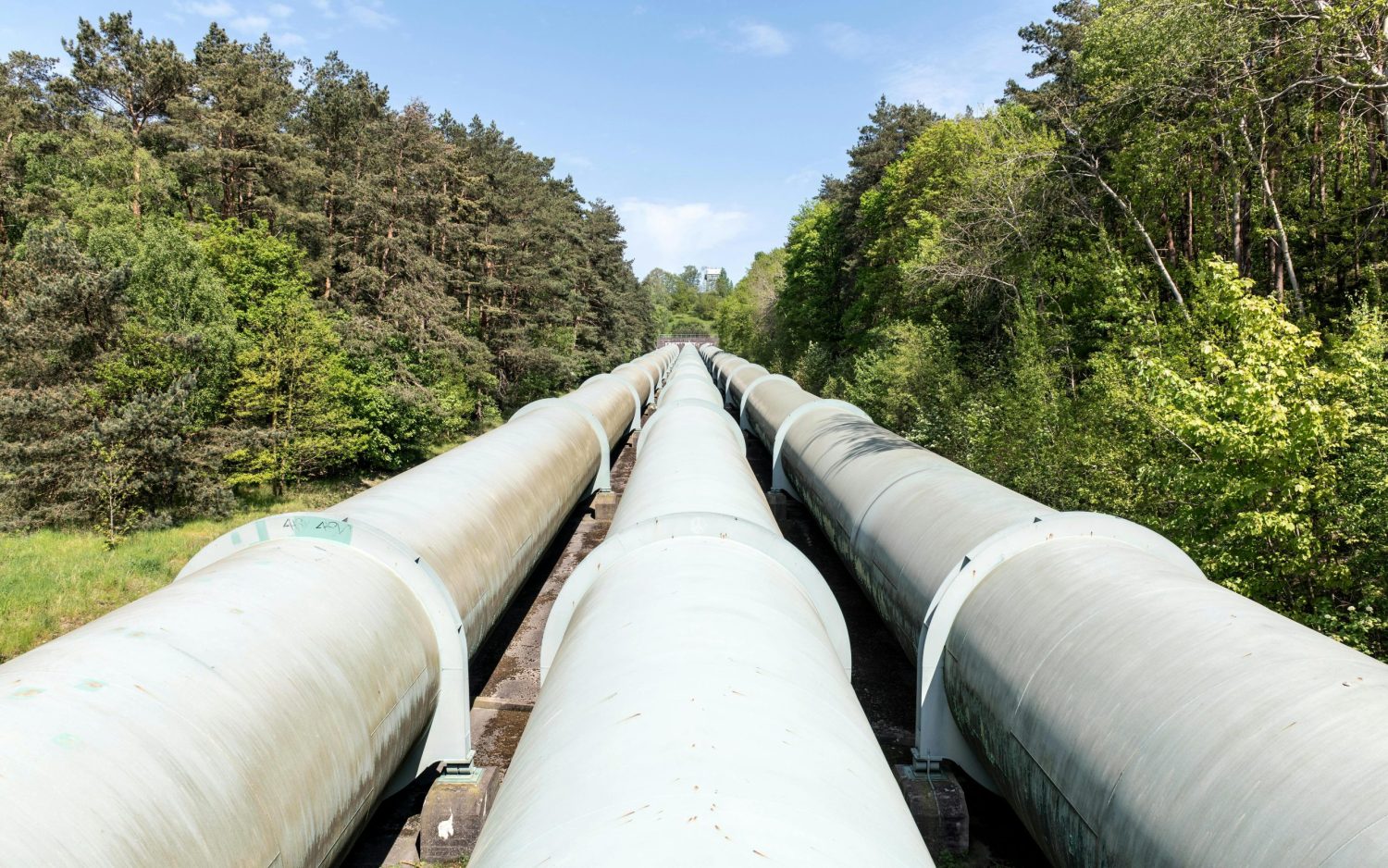Analysis finds significant digital divide in rural, remote and Indigenous communities and recommends solutions to close gap and unlock the full potential of all Albertans
Calgary, AB, September 18, 2024 – High-speed internet is essential for everyday life – enabling access to critical areas such as the job market, educational opportunities and health care services, among more. However, analysis from the Calgary Chamber of Commerce – Rural Connectivity: Unlocking the Alberta Advantage for Everyone – sheds light on the fact that most people living in rural, remote and Indigenous communities in Alberta lack access to reliable broadband service.
“The existence of a digital divide is clear: While more than 93% of Canadians have access to high-speed internet, only two-thirds of Alberta’s rural population – and a staggering 80% of Indigenous communities – still lack adequate access. This is a big problem,” says Deborah Yedlin, President & CEO of the Calgary Chamber of Commerce. “Connectivity is an economic driver – closing this gap would add as much as $1.7 billion to Alberta’s GDP. Beyond that, it provides access to employment, health care services and support, and educational opportunities. It is imperative industry and government work together to close this gap and unlock the full potential for the benefit of all Albertans.”
Inadequate access to broadband has significant consequences for businesses and Albertans. For businesses – both urban and rural – lack of connectivity limits growth opportunities such as e-commerce or access to new markets, creates challenges to attract talent, and puts a strain on productivity – particularly for sectors that are primarily rural based, like agriculture.
Businesses and Albertans alike face labour-related challenges, as poor connectivity compromises access to the labour market. This limits opportunities for equity-deserving groups such as Indigenous people living on reserve and remote communities, especially as economic opportunities become more digital. This further impedes quality of life by limiting access to education and health care services and exacerbates the housing crisis faced by urban centers.
While some efforts have been made to address these challenges, actions to date – and the timelines for next steps – fall short of what is needed. The Calgary Chamber recommends a suite of solutions for the federal and provincial governments to work with industry, notably:
- Expanding government funding: building and maintaining fibre infrastructure is expensive due to Alberta’s climate and geography. We recommend government and industry to continue a collaborative funding approach to reduce the cost burden on any one entity.
- Enhancing stability and resilience: Major weather events have increasingly compromised the integrity of telecommunications infrastructure. We recommend the federal government introduce incentives to promote investing in better networks and ensure that businesses – and Albertans – can thrive in a digital economy.
- Promoting technology-agnostic and versatile solutions: Alberta is vast and geographically diverse, and a one-size-fits-all approach won’t work. Governments should adopt policies that encourage a variety of technology and infrastructure including satellite, cellular and fibre optic.
“We’re leaving opportunity, prosperity and equity on the table if we don’t address the digital divide in the province. Alberta has set a goal to connect 100% of Albertans by 2027. We’re just over two years away from that goal; we need business and government at the table to get this done,” says Yedlin.
Quick Facts
- 93% of Canadians have reliable access to high-speed internet at the federal targeted speed of 50/10 Mbps.
- Only 33% of Alberta’s rural population and 20% of Indigenous communities have reliable access.
- Closing the digital divide in Alberta is estimated to cost over $1 billion. Since 2022, $780 million has been committed by both the provincial and federal governments.
- Enabling rural businesses to participate in the digital economy could contribute $500 million – $1.7 billion to Alberta’s annual GDP.
- In the agriculture sector alone, improved connectivity could increase the sector’s GDP by up to 5%.
- Full connectivity in rural Alberta could create up to 2,000 long-term service industry jobs and improve access to telehealth for up to 40,000 Albertans and access to education for more than 120,000 students.
– 30 –
About the Calgary Chamber of Commerce
The Calgary Chamber of Commerce exists to help businesses reach their potential. As the convenor and catalyst for a vibrant, inclusive and prosperous business community, the Chamber works to build strength and resilience among its members and position Calgary as a magnet for talent, diversification and opportunity. As an independent, non-profit, non-partisan organization founded in 1891, we build on our history to serve and advocate for businesses of all sizes, in all sectors across the city.
Media opportunities
For media inquiries, please contact
Brittany Brander, Manager, Public Relations & Communications
media@calgarychamber.com







